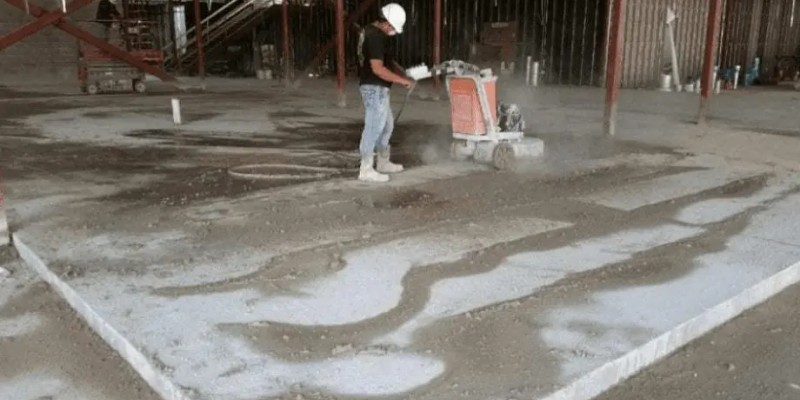The Top 5 Problems Encountered in Concrete Floor Grinding2023-10-25
Concrete floor grinding is a common practice in construction and renovation projects. It involves removing uneven surfaces or coatings from concrete floors to create a smooth and polished finish. While this process offers numerous benefits, it is not without its challenges.
One of the primary challenges in concrete grinding is dealing with unevenness and surface imperfections. These issues can arise due to variations in the concrete mix, curing conditions, or previous flooring installations. Uneven surfaces can make grinding difficult, resulting in an inconsistent finish.
Concrete grinding generates a significant amount of dust and debris. Inadequate dust control measures can lead to health hazards for workers, damage to equipment, and contamination of surrounding areas. Controlling dust is essential for maintaining a safe and clean working environment.
Grinding concrete surfaces can be abrasive and cause wear and tear on grinding tools. Over time, the grinding efficiency may decrease, resulting in suboptimal performance and increased project duration. Diamond tool wear can be influenced by factors such as concrete hardness, improper tool selection, and inadequate maintenance.
Moisture-related issues pose a significant challenge during concrete floor grinding, especially when considering the compatibility of the flooring materials to be installed after grinding. Excess moisture in the concrete can lead to adhesion problems, flooring failures, and costly repairs.
Concrete floor grinding can be a time-consuming and costly process, impacting project schedules and budgets. Factors such as the size of the area, complexity of the floor surface, and the extent of preparation required can influence the time and cost involved.

- Company Info
- Feedback
- Customer Reviews
- About Us
- Contact Us
- Blog
- Help Center
- User Center
- Forget Password
- My Orders
- Tracking Order
- My Account
- Register



